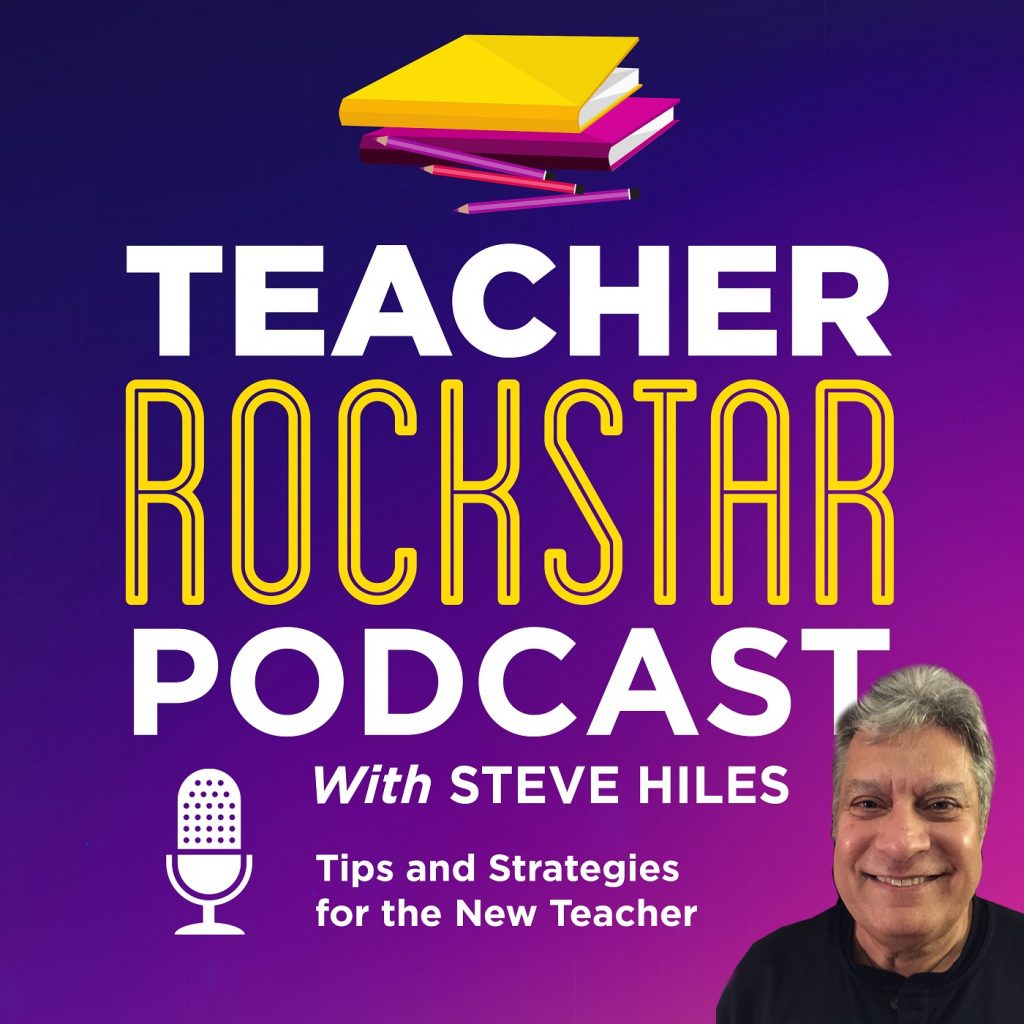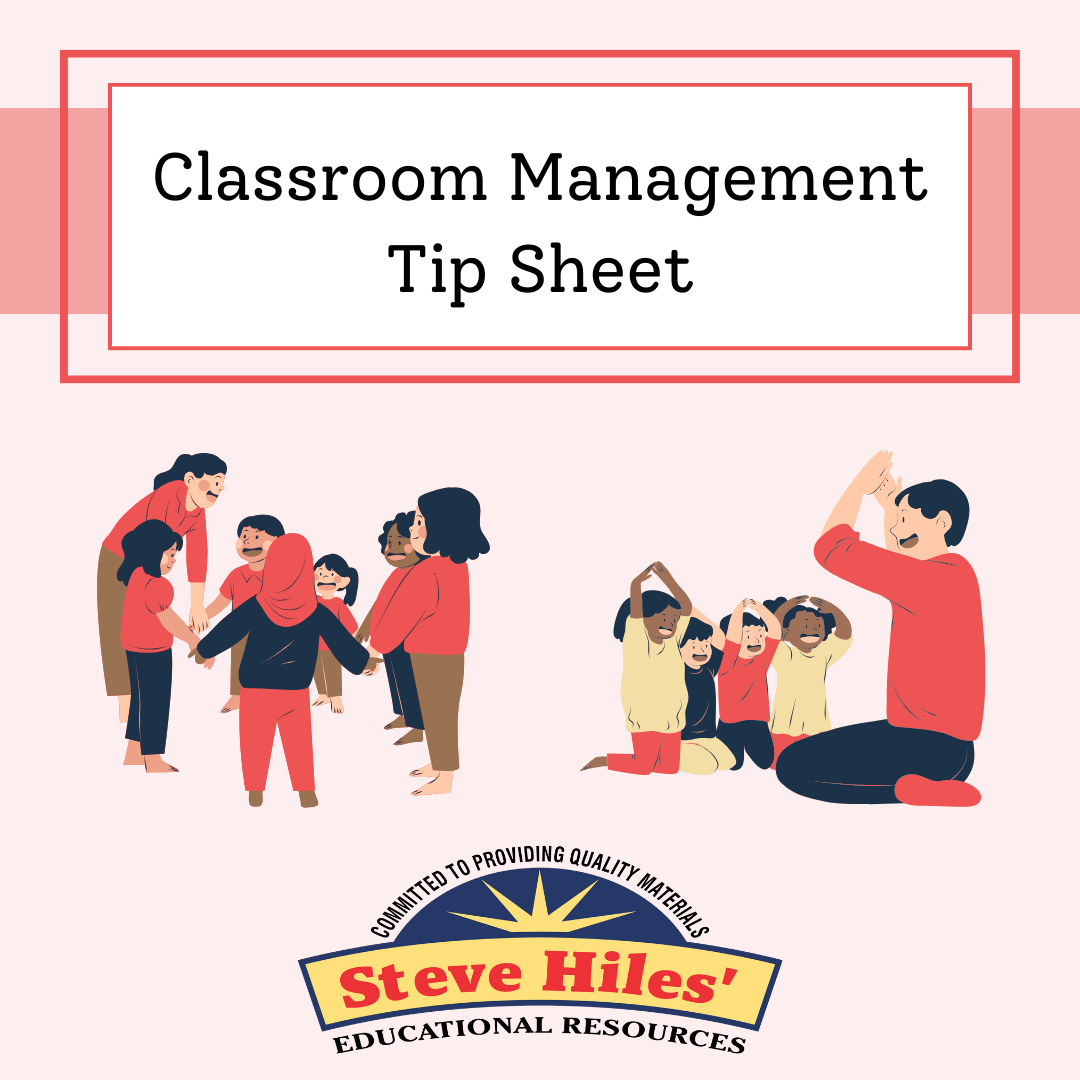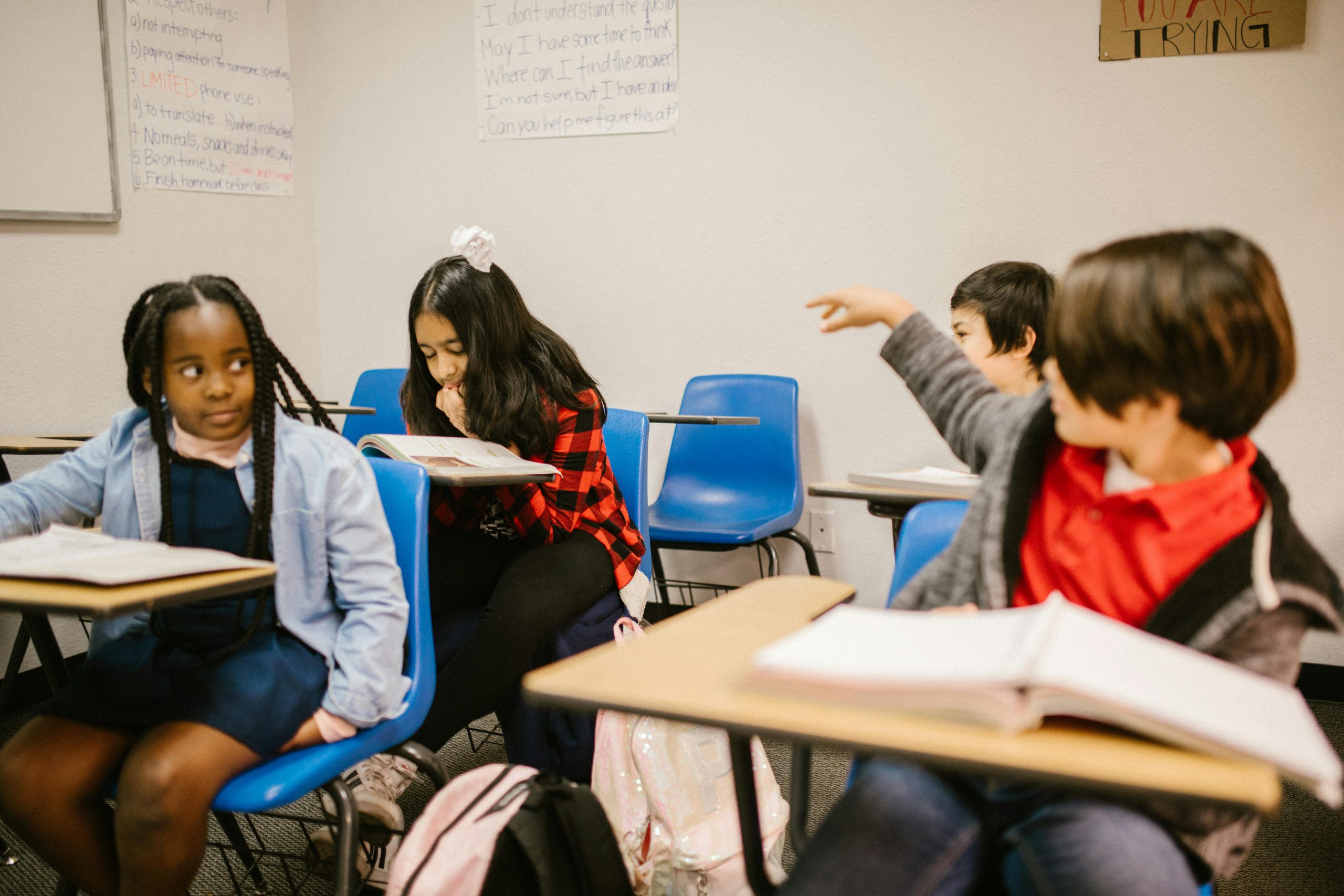What if I told you that one student can eat up 20% of your class time? That’s not guesswork — that’s real for many first-year teachers. A 2020–21 survey showed 32% of public-school teachers agreed that misbehavior interfered with their teaching (National Center for Education Statistics).
Today, we’re talking about how to End Student Chaos Fast — Fix It in 5 Days. By the end of this read, you’ll have several concrete moves you can try tomorrow to de-escalate, reclaim control, and preserve your sanity.So, keep reading — because by the end, I’ll share how you can stop that 20% time drain in its tracks.
Strategy #1 — Build the Connection Before the Conflict
Think of your classroom like a campfire. If the embers are hot (relationships strong), a spark (misbehavior) is less likely to blow into a blaze. If students feel known, seen, and safe, they’re less likely to act out.
Here’s a story: in a 5th-grade class I visited, the teacher began each day with a “check-in” — one minute for students to share how they feel. One kid, Jamie, always came in storming. But over two weeks, the class knew Jamie’s code: “I had a rough morning.” Suddenly, those disruptions dropped.
Why does this work? Because misbehavior is often communication. The student might be craving attention, struggling internally, or testing boundaries. If your first move is connection (a quick nod, sliding your chair next to them, affirming “I see you”), your second move — redirecting — lands easier. That connection sets you up for the next move: quietly nudging the behavior without turning it into a showdown.
Strategy #2 — Use Subtle Cues & Nonverbal Reorientation
You don’t always have to confront. Sometimes your body can do the talking. Research shows that teachers often use subtle cues, reorientation, and nonverbal strategies as primary responses to disruptive behavior (ScienceDirect).
Example: you touch a book on the desk near the student, slide a visual reminder of class rules toward them, or stand nearby quietly. No drama. No loud correction. Just light pressure. It’s like steering a car — you don’t yank the wheel; you nudge. Overcorrect and everything spins out.
This gives the student “face” — they don’t feel publicly shamed. But subtle nudges won’t always be enough. Sometimes you need to shift the game.
Strategy #3 — Use Group Contingencies / Behavior Games
Let me introduce you to a heavyweight in behavior management: the Good Behavior Game. It’s been around since the 1960s, and in many studies, it reduces disruptive behavior like out-of-seat or calling out (Wikipedia).
Here’s how it works: divide students into teams, define 2–4 behavior rules (don’t speak out, stay in seat, raise hand), and teams lose points when someone breaks a rule. If the team stays below a threshold, they get a reward — extra free time, a class game, or similar.
I once saw a 4th-grade class cut talking-out-of-turn disruptions by half within a week of using this. The magic is in peer accountability and positive incentives. One caveat: you must be consistent and transparent. If you let infractions slide, the game loses credibility. But what about that one student — the one who seems immune to all of this? That leads to move #4.
Strategy #4 — Private Calibration & Behavior Contracts
Sometimes you have to step out of the spotlight. After class, pull the student aside — quiet, nonjudgmental. Use calibration language: “I noticed you got frustrated when I asked you to stop talking. What’s going on?” Let them talk.
Then co-create a mini behavior contract: “If you can go five minutes without interrupting, I’ll…” (privilege, positive verbal reward). Use small, achievable goals. You can involve parents or counselors discreetly, but start with you and the student.
The point is to shift from reactive to collaborative. In data-driven practice (PBIS or tiered behavior systems), collecting small behavior data — how often, when, triggers — helps you adapt (see DigitalCommons@University of Nebraska).
Strategy #5 — Tootling & Positive Peer Reporting
Here’s a shift: focus not just on what’s wrong, but what’s right. “Tootling” is the practice of students privately reporting classmates’ helpful, kind, on-task behaviors — instead of tattling on negative ones (Wikipedia).
Example: a student writes, “Maria helped Sam get pencils quietly,” and hands it in. At the end of class or day, you share a few. This shifts class culture and gives positive attention to compliance, not just misbehavior.
I once saw a class slowly change where kids began hunting for good behavior in each other. Disruptions became anomalies.
What’s Not a Strategy
Pause with me. Let’s talk about what’s not a strategy. It’s not about yelling louder. It’s not about power struggles. It’s not all consequences. Overemphasizing punishment often makes the problem worse.
Instead, think relational leverage + subtle steering + meaningful incentives. That trio is your backbone.
Strategy #6 — When Behavior Turns Dangerous
“Okay, but what if they throw a chair?” or flip over a desk? I’ve dealt with situations like this. That’s the moment every teacher dreads — when behavior crosses from disruptive to dangerous.
First truth: your job is not to win the moment. Your job is to keep everyone safe — including that student. When a child is in a full-blown meltdown, they’re running on adrenaline. The thinking part of their brain has gone offline. You can’t reason with someone in fight-or-flight.
Step one: create physical space. Move other students away. Keep your voice calm and low. Never corner the student. Give them a clear exit. If you have trained support on campus — an administrator, counselor, or crisis team — call them. That’s not weakness; that’s procedure.
Step two: use neutral language. Say, “You’re safe. I’m stepping back. We’ll talk when you’re ready.” No sarcasm, no threats. That helps de-fuel the power struggle. Once calm returns, document the incident immediately — what led up to it, what you observed, what you did.
Later, debrief with the student: “What happened? What were you feeling? How can we keep this from happening again?” Then loop in the support team and parents to build a plan — maybe a Functional Behavior Assessment (FBA) or individualized safety plan.
Here’s the paradox: the kid who scares you most might be the one who needs connection most. Safety first, always — but once safety is restored, empathy is your strongest long-term tool. When teachers know the difference between a disruption and a crisis, they stop reacting in fear and start responding with purpose.
Putting It All Together
You’ve got your toolbox now. You build relationships first. Use silent cues and nudges. Introduce group behavior structures. Do private calibration and contracts. Sprinkle in positive peer reporting.
Here’s the remedy for that 20% time drain: when those strategies blend — relationships, subtle cues, game structure, contracts — many classrooms see disruptions drop by half or more within weeks. Imagine: more teaching time, less energy chasing. That’s the payoff.
Conclusion
From small disruptions to full-blown meltdowns, you now have a roadmap: connection first, calm cues, clear structure, private calibration, positive reinforcement, and crisis protocols when needed.
You’ll feel more grounded because you’ll know what to do instead of guessing. Share this post with a fellow teacher who’s ever thought, “I didn’t sign up for chair-dodging.”
Ready to take the next step? Check out Teacher RockStar Academy — your go-to resource for building confidence and control in the classroom from day one.
And if you’d like another perspective, Edutopia’s article on simplifying classroom management for new teachers offers more great insights on creating a positive learning environment.









